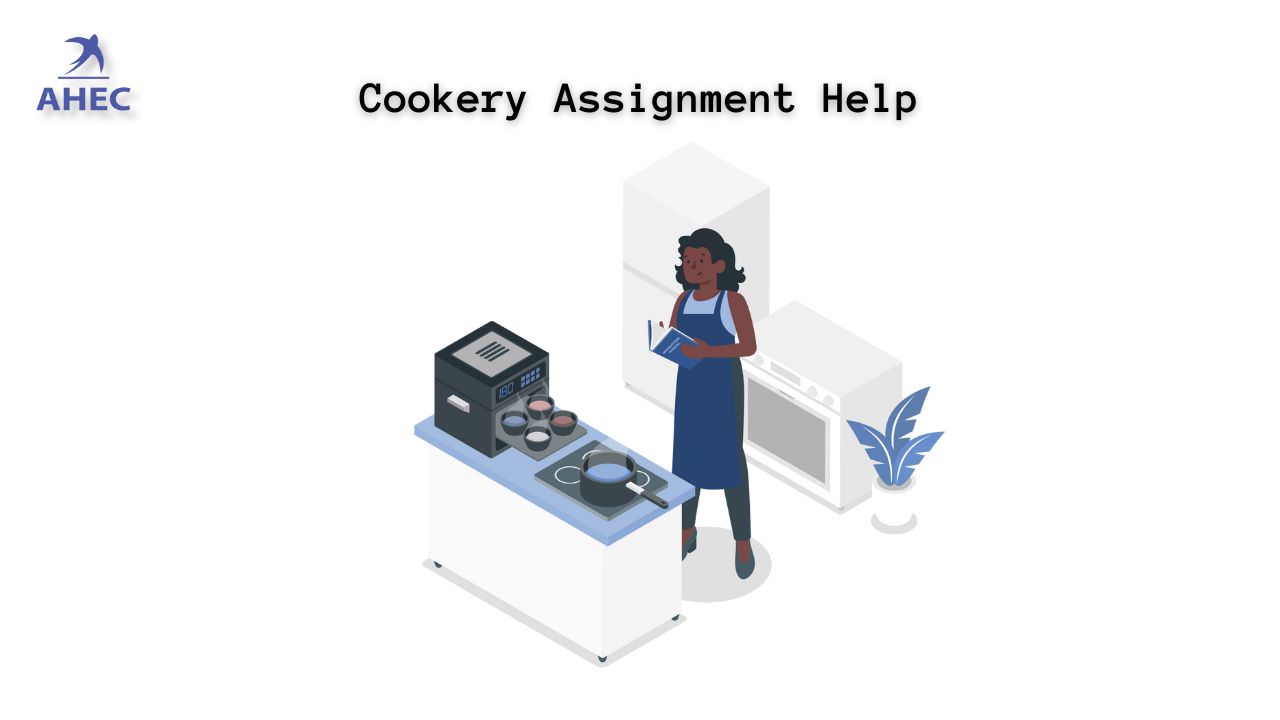Case studies- This is the process of researching on something to illustrate a thesis. These case studies can be used for corporate proof points or academic purposes.
A thesis or dissertation can be based on case studies. These case studies help you keep your project organized and focused when you don’t have the resources or time to conduct large-scale research.
Although case studies are focused on one person or group, they use a similar format to other types psychology writing. It is important to adhere to the APA rules when writing a case study.
There are four types of case studies
Illustrative Case Study
These case studies are descriptive and use one or two examples of an event to illustrate a situation. These case studies are intended to help readers understand the topic and provide common language.
Exploratory case study
This case study examines a distinct phenomenon that is characterized by a lack in detailed research, especially a hypothesis that can only be tested using a specific or particular research environment.
Cumulative Case Study
Cumulative case studies are a collection of information from different sites over different periods. This is a collection of stories from the past that allows for more generalization, without having to spend additional time or money on new stories.
Critical Case Study
They examine one or more sites in order to study a unique condition or situation. There is little or no interest in generalization, or to question an overly generalized or universal statement. This approach can be used to answer cause-and-effect questions.
Stage 1: Choose The Case Study Type That Best Suits Your Audience
The first step in your case-study method is to define the research problem clearly. This is also known as the "planning" phase. It allows you to identify research questions and other reasons for writing your case study. While defining your case, you will need to develop the research question, analyze the existing literature, and consider the theoretical implications.
What should I remember when defining the case?
- Every case should have a pre-defined boundary. This will help you clarify the nature and time frame of your case study.
- Highlight the location, social group or organization that your case studies address.
Notify your team about the types of evidence that you are looking for and the priority data collection and analysis.
Stage 2: Choose the Right Type of Case Study
After you have created your problem statement, and formulated your research questions you can now choose the case you wish to concentrate on.
To choose the best type of case study, you need to consider the information sources used. There are three types of case study methodologies you can choose from:
- Intrinsic Case Study
An intrinsic case study is one that focuses on the case and not the reader. If your topic is different from other similar works, you can choose this type of case study. You could study the discrimination of people with asthma, or an elderly couple with dementia.
- Instrumental Case Study
This type of case study allows you to investigate an idea or an issue, or even a phenomenon. Let's say you're writing about doctors' responses to certain health-policy initiatives. You can create theory and hypotheses by using an instrumental case study that interviews clinicians.
- Multiple Case Studies
You can compare multiple cases to help you reach a valid conclusion in your case study. Let's suppose you are asked to create a case study on a specific theory. If the theory is simple, you will need to compare at least two or three cases. If the theory is complex, however, you will need to compare five or more cases.
Stage 3: Collect relevant and authentic data
You need to gather data from many sources in order to gain a complete understanding of your case. You can use qualitative techniques such as interviews, observations or focus groups or quantitative techniques like questionnaires or audits. Your case study will be more credible the more sources you use. When it comes to collecting data, these are the most popular resources:
- Internet research library
Notify everyone who has written about your topic. Read relevant articles, magazines, journals, etc. These articles can provide more information about your case.
Online research may reveal existing problems that you need to solve. Let's take, for example, a case study about a national park with an endangered ecosystem because of the increased number visitors. Your research question in this case would be "How can we save the park's ecosystem from being damaged by tourists?"
What if the park isn't attracting many tourists? Your research question in this case would be "How can I encourage more tourists to visit the park?"
- Careful Interviews
Interviews can help you gain more information about the case that you are currently working on. Ask for the opinions of experts who can help you improve your case study's internal validity. You should get the person to share what he/she knows.
Stage 4: Analyze and Interpret the Information
You will see case study methodology examples that only use the most important details. It is possible that you have collected a lot of information to create the case study. You must finish the project within the specified word limit. Therefore, you must evaluate all sources and only use the most important information in your paper.
How to analyze your data:
- Remove excess
Your case study can't contain all information. You must sort the information and remove the unnecessary. Then arrange it so that your reader can understand your case study.
- The case problem
Divide the case into parts. Each piece is an important part of the puzzle your reader needs to understand when reading your case. You should have sufficient research data for each section of your case study question.
- Find out what is really important
The case study should be understood by your readers. Include only the relevant information to enhance the credibility of your research and work.
However, in all cases, you should provide context details about the case and link it back to literature and theory. Also, discuss how the case fits into larger patterns or debates.
Final Thoughts
Your case study research methods are critical to the quality of your study. If you are able to master all stages of your case study research method, you can create a flawless case study in no matter how short a time. It is also time-consuming. You can find online examples of qualitative research methodology to help you understand each step. If you have difficulty finding relevant research material for your case study question, consult your professors.
Need help with your case study?
It is not easy to write a case study. To complete a case study, you must put in enough effort and time into the research, analysis, and writing phases. Do not panic if there is a time crunch, or personal commitments. Our case study writers are the best and most skilled in the industry. They can deliver an impeccable case study on time.
So what are you waiting? Get higher grades for your paper by placing an order with us. Our support team is available 24 hours a day. You can reach us at any time.




















































































































































.png)









